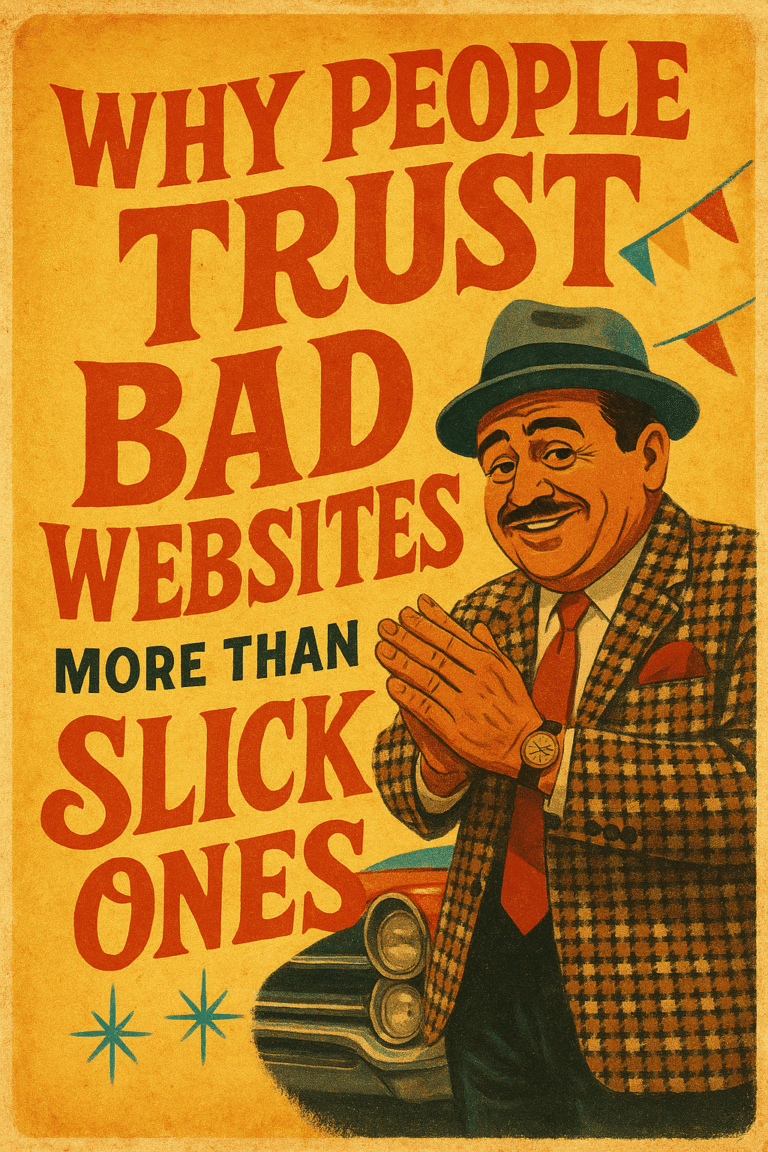
In the towing industry, having a well-optimized website is crucial for attracting new customers and growing your business. As more people turn to online searches for services, ensuring your website stands out can significantly impact your bottom line. Here are some practical tips to help tow truck businesses optimize their websites for better visibility and customer engagement.
1) Start with a Strong Foundation: User-Friendly Design
A user-friendly design is the cornerstone of any successful website. Visitors should find it easy to navigate and get the information they need quickly. Here are some key elements to focus on:
- Clear Navigation: Ensure your website has a simple, intuitive menu structure. Key pages like Home, Services, About Us, and Contact should be easily accessible.
- Mobile Responsiveness: Many customers will find your website via their smartphones. A mobile-friendly design ensures your site looks and functions well on all devices.
- Fast Load Times: A slow website can frustrate visitors and increase bounce rates. Optimize images, use efficient coding practices, and consider a Content Delivery Network (CDN) to improve load times.
- Professional Appearance: Your website should reflect the professionalism of your business. Use high-quality images, consistent branding, and clear fonts.
2) Optimize Your Content: SEO Best Practices
Search Engine Optimization (SEO) is vital for improving your website’s visibility on search engines like Google. Here are some fundamental SEO practices:
- Keyword Research: Identify keywords that potential customers might use to find towing services. Use tools like Google Keyword Planner or Ahrefs to discover relevant keywords.
- On-Page SEO: Incorporate your target keywords naturally into your website’s content, including titles, headings, meta descriptions, and body text. Avoid keyword stuffing; the content should read naturally.
- Quality Content: Create informative and engaging content that addresses common questions and concerns of your target audience. Blog posts, FAQs, and service descriptions are excellent opportunities to include keywords and provide value.
- Local SEO: For tow truck businesses, local SEO is particularly important. Ensure your business name, address, and phone number (NAP) are consistent across your website and online directories. Use location-specific keywords to attract local customers.
3) Leverage Google Business Listing
A Google Business listing is essential for local businesses. It helps your company appear in local search results and on Google Maps. Here’s how to optimize your listing:
- Complete Your Profile: Fill out all the information fields, including business name, address, phone number, hours of operation, and website URL.
- Use High-Quality Photos: Upload high-resolution images of your tow trucks, staff, and office. Visual content helps build trust with potential customers.
- Collect Reviews: Encourage satisfied customers to leave positive reviews. Respond to reviews professionally, whether they are positive or negative.
- Regular Updates: Keep your listing updated with any changes in your business, such as new services, special offers, or holiday hours.
4) Create High-Quality, Engaging Content
Engaging content is key to attracting and retaining website visitors. It also plays a significant role in SEO. Here are some content ideas for tow truck businesses:
- Service Descriptions: Clearly outline the services you offer, including emergency towing, roadside assistance, and vehicle recovery. Include details about your service areas and any special equipment you use.
- Blog Posts: Write articles that address common questions and concerns related to towing. Topics could include “What to Do When Your Car Breaks Down,” “How to Choose a Reliable Tow Truck Service,” or “The Benefits of Roadside Assistance.”
- Customer Testimonials: Showcase positive feedback from satisfied customers. Testimonials build credibility and trust with potential clients.
- FAQs: Create a comprehensive FAQ section that answers common questions about your services, pricing, and processes.
Need help optimizing your website?
Give Graticle Design a call today (360) 450-3711
We’re here to answer your questions and help you create a website that drives more business.
5) Enhance User Experience with Clear Calls to Action
Clear and compelling calls to action (CTAs) guide visitors toward taking desired actions, such as contacting you for services. Here are some tips for effective CTAs:
- Placement: Position CTAs prominently on your homepage, service pages, and blog posts. Ensure they are easily visible and not buried in the text.
- Clarity: Use straightforward language that tells visitors exactly what to do, such as “Call Now for Emergency Towing,” “Request a Quote,” or “Contact Us Today.”
- Design: Make CTAs stand out with contrasting colors, bold fonts, and clickable buttons. Avoid cluttering the page with too many CTAs.
6) Utilize Analytics to Monitor and Improve Performance
Regularly monitoring your website’s performance helps you understand what’s working and where improvements are needed. Here’s how to make the most of analytics:
- Google Analytics: Set up Google Analytics to track visitor behavior, traffic sources, and conversions. This tool provides valuable insights into how users interact with your site.
- Regular Reviews: Periodically review your analytics data to identify trends and areas for improvement. Look at metrics like page views, bounce rates, and average session duration.
- A/B Testing: Experiment with different elements of your website, such as headlines, images, and CTAs, to see what performs best. A/B testing helps you make data-driven decisions.
7) Ensure Your Website is Secure
Website security is critical for protecting your business and customers’ information. Here are some security measures to implement:
- SSL Certificate: Install an SSL certificate to encrypt data and provide a secure connection. Websites with SSL certificates are indicated by “https” in the URL and a padlock icon, which builds trust with visitors.
- Regular Updates: Keep your website’s software, plugins, and themes up to date to protect against vulnerabilities.
- Strong Passwords: Use strong, unique passwords for all website accounts and encourage employees to do the same.
- Backup Solutions: Regularly back up your website to prevent data loss in case of a security breach or technical issue.
8) Invest in Professional Design and Development
While DIY website builders can be tempting, investing in professional design and development ensures your website meets industry standards and is optimized for performance. Here’s why it’s worth considering:
- Customization: A professional designer can create a unique, branded website tailored to your specific needs and preferences.
- Functionality: Professional developers can implement advanced features, such as online booking systems, payment gateways, and customer portals, to enhance user experience.
- SEO and Performance: Professionals have the expertise to optimize your site for search engines and ensure fast load times, improving both user experience and search rankings.
9) Promote Your Website Through Online Marketing
In addition to optimizing your website, promoting it through various online marketing channels can drive traffic and increase visibility. Here are some effective strategies:
- Social Media: Use platforms like Facebook, Instagram, and Twitter to share updates, promotions, and engaging content. Social media can drive traffic to your website and help build a community around your brand.
- Pay-Per-Click (PPC) Advertising: Invest in PPC campaigns on Google Ads or social media platforms to reach a wider audience. Targeted ads can drive immediate traffic and generate leads.
- Email Marketing: Build an email list and send regular newsletters with updates, promotions, and valuable content. Email marketing helps keep your audience engaged and drives repeat business.
10) Engage with Your Community
Building relationships within your community can boost your reputation and attract local customers. Here’s how to engage effectively:
- Local Partnerships: Partner with local businesses, such as auto repair shops and car dealerships, to cross-promote services and generate referrals.
- Community Events: Participate in or sponsor local events, such as car shows, community fairs, or charity runs. These events provide excellent networking opportunities and increase brand visibility.
- Customer Engagement: Encourage satisfied customers to leave reviews and testimonials. Engaging with your audience through social media and responding to feedback shows that you value their opinions.
Looking Ahead
Optimizing your website is a continuous process that requires attention to detail and a focus on user experience. By following these tips, tow truck businesses can improve their online presence, attract more customers, and ultimately grow their business. If you have any questions or need assistance with your website, don’t hesitate to give Graticle Design a call (360) 450-3711. We’re here to help you create a website that drives results and enhances your business.
Remember, a well-optimized website is an investment in your business’s future. Take the time to implement these strategies and watch as your online presence grows, bringing in more customers and increasing your revenue.





